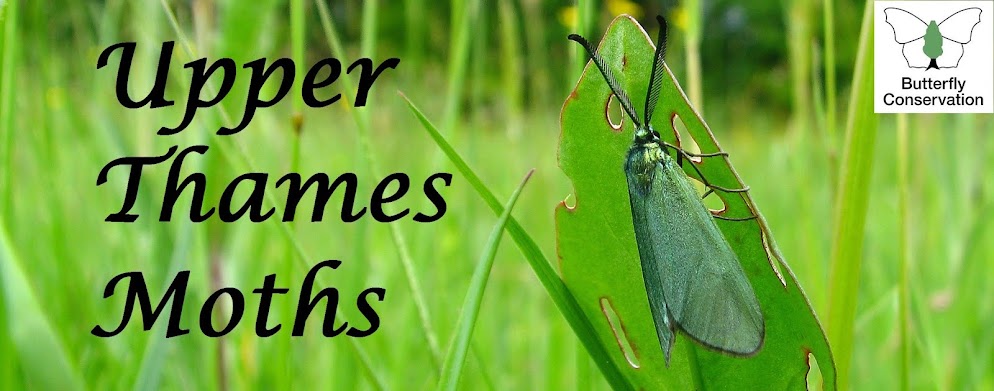http://www.northumberlandmoths.org.uk/files/idtips/selasella%20-%20tristella%20ii.jpg
Last night I ran two traps in some woodland near Barton Hartshorn, Bucks for three hours and got about 50 species but, as with the garden trap, numbers were depressed and there was little of particular interest apart from a single Dingy Shell which seemed rather late. However, a check of the county records shows that this date equals the latest Bucks sighting (from 1990).
This afternoon at Westcott I was pleased to find a Red Underwing flying around our massive willow in the front garden and managed to grab a quick picture when it settled briefly on the fence. They're often active in the daytime here and can sometimes be found sunning themselves on the walls of the house, working their way round it as the sun moves from one side to the other.
Dave Wilton
 |
| Agriphila selasella, Westcott 11th August |
 |
| Red Underwing, Westcott 12th August |

Hi Dave,
ReplyDeleteInteresting stuff. I have seen quite a good number of selasella this year whereas I normally see the odd one. Have had a few in the garden and several elsewhere. Species numbers in the garden are below 10 for me, and most species are single individuals. Next summer will be interesting as I will be reporting from a different garden almost certainly. BW, Marc
I always look out for selasella Mr Wilton
ReplyDeleteTalking of guides to grass moths: Don't forget the excellent 'Grass Moths of Berkshire' website, which covers all the likely ones for this area.
ReplyDeletehttps://sites.google.com/site/berksmoths/Home/resource_list